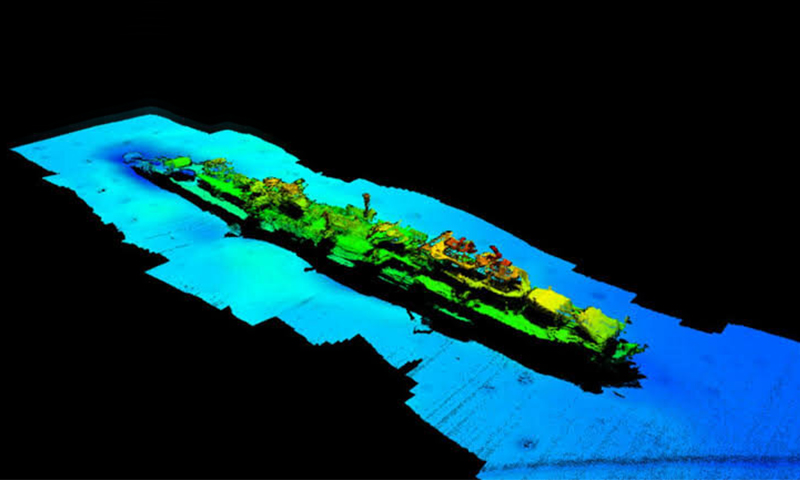An asteroid is a big mystery to Earth and why they fly so close to the Earth are still unknown. It is said that they are the particles that were left behind during the formation of our solar system some 4.6 billion years back. Asteroids are made up of metals, rocks, and other elements, even water! Some asteroids are bigger than the others and can pose a significant threat to Earth. However, large collisions generally do not happen frequently and are a rare occurrence, maybe once in every twenty million years. Often these objects or asteroids are termed as Near Earth Objects or NEOs. These generally happen when these are nudged by the gravitational attraction of near planets into orbit and that allows it to enter Earth’s environment.
Recently, an SUV-sized asteroid swung by Earth and made the closest fly-by recorded by any celestial body. On Sunday, August 16th, the asteroid by the name 2020 QG flew past Earth at just 2,950 km above the southern Indian Ocean. It is almost the distance between Las Vegas and Chicago. Two students from IIT Bombay, Kunal Deshmukh and Kritti Sharma, who were working on a research project, found out this object just a few hours later. They used the robotic Zwicky Transient Facility (ZTF) in California to come across this object. Sharma, a third-year undergraduate of IIT Bombay, said, “Helping make a discovery like this, so early in my research project, is beyond what I had ever imagined.”The Zwicky Transient Facility is funded by the National Science Foundation and they scan the northern sky every three days a week. They mainly look out for supernovas, erupting stars, and other objects.
According to NASA, this asteroid, 2020 QG, approached from the direction of the Sun and was not discovered until it came really close to Earth. NASA suggested that there are many such small asteroids that cannot be discovered unless it gets close. The organization is looking forward to launching a Double Asteroid Redirection Test or DART in July 2021 to test its first planetary defense. It will purposely crash into a harmless asteroid moon and attempt to change its motion. This new study can, consequently, reduce the threat of asteroid-based threats in the future!







